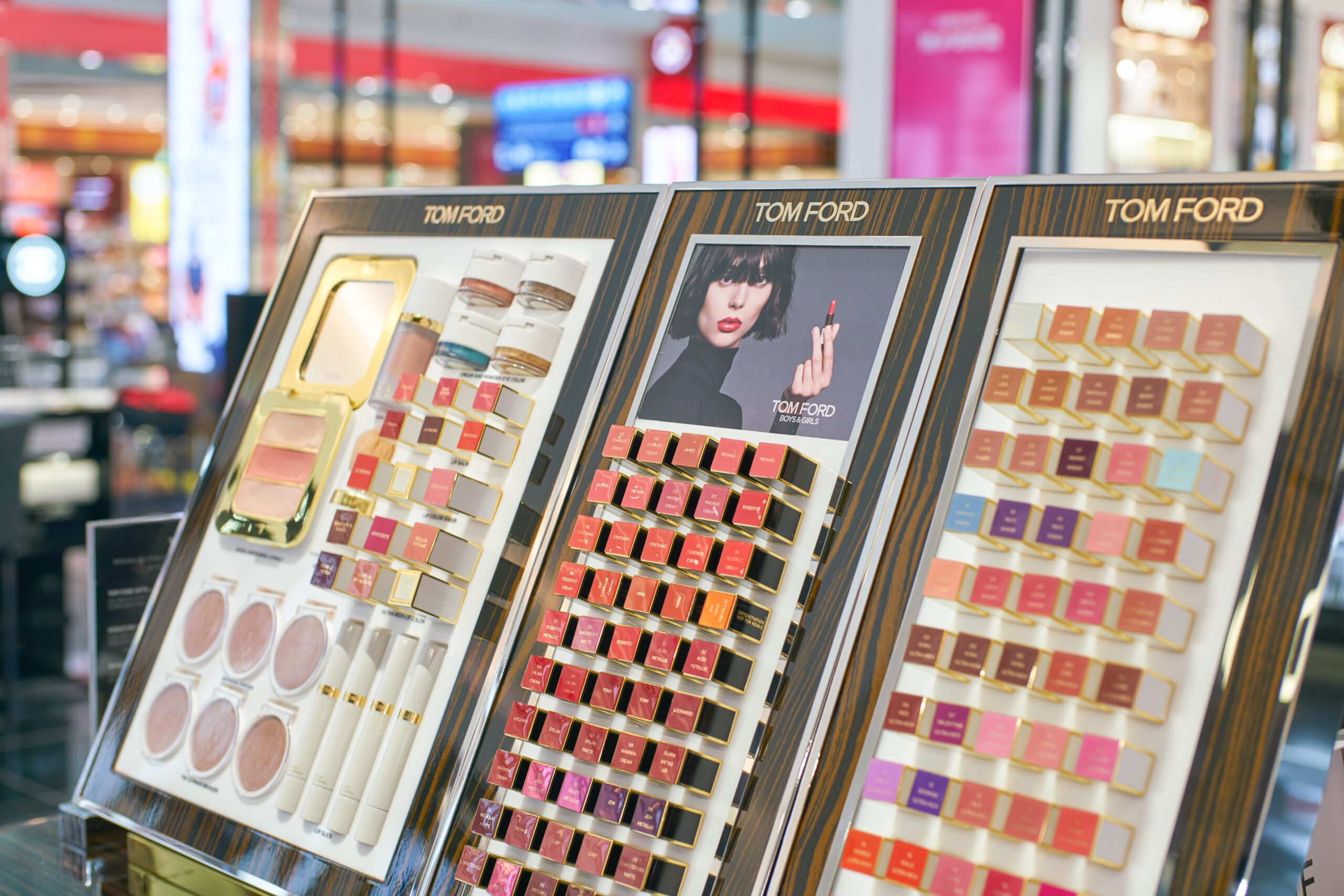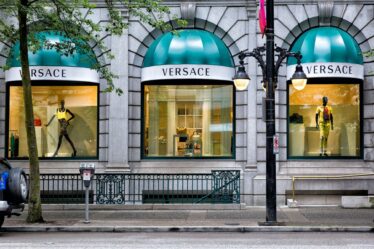
A report in the Wall Street Journal said that the beauty conglomerate is in acquisition talks with the Los Angeles-based luxury fashion brand, which went on the market earlier this summer. Estée Lauder has long held the license to Ford’s cosmetics and fragrance lines, which he developed in partnership with the group. (In 2017, Tom Ford was on track to generate nearly $2 billion, including eyewear, fragrance, cosmetics, ready-to-wear, men’s and women’s accessories.)
Both Tom Ford and Estée Lauder declined to comment on the story.
If Estée Lauder were to buy Tom Ford, the group would likely choose to license the production and sales of non-beauty categories — including apparel and eyewear — to other companies. Regardless, such a deal would mark a change in strategy for Estée Lauder, which typically acquires pure beauty brands. It could also turn out to be its biggest acquisition ever. In recent years, Estée Lauder’s acquisition strategy has yielded mixed results. Securing the ownership of in an ultra-prestige brand like Tom Ford — which has experienced double-digit sales growth post-pandemic — is a less risky bet than a fledgling startup. For Tom Ford, selling to a longtime partner could make for a smoother transition.
Learn more:
The market may be cooling, but a number of in-demand brands remain of interest to financial backers. BoF identifies the top targets.
What Estée Lauder’s Latest Investment Says About Its Acquisition Strategy
The conglomerate’s minority investment in UK-based beauty brand Haeckels speaks to a beauty acquisition space that prioritises earlier-stage companies and greater autonomy for brands.
With his brand on track to hit nearly $2 billion in retail sales in 2017, the designer is on a quest for global dominance. Next up? New York Fashion Week.



